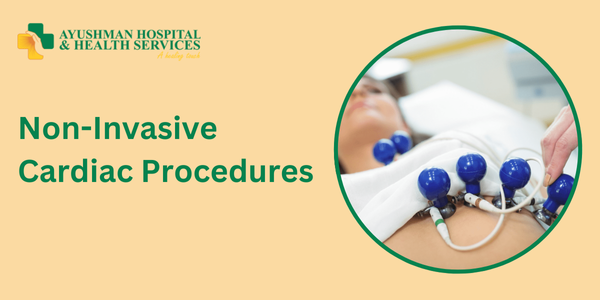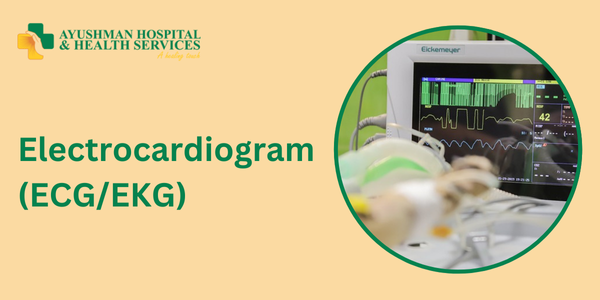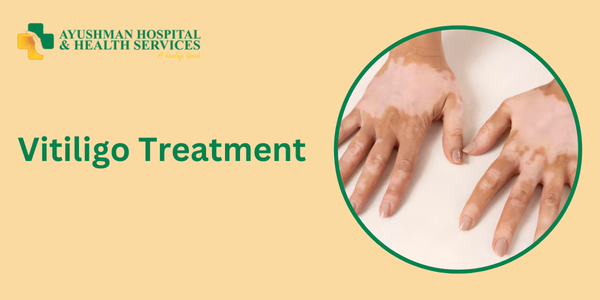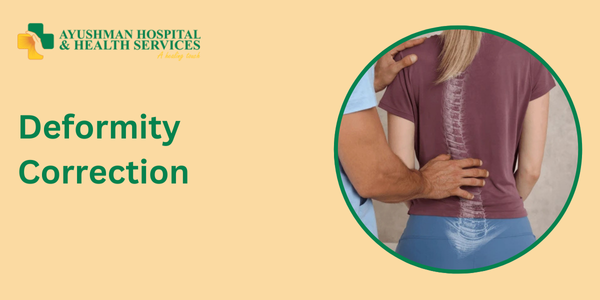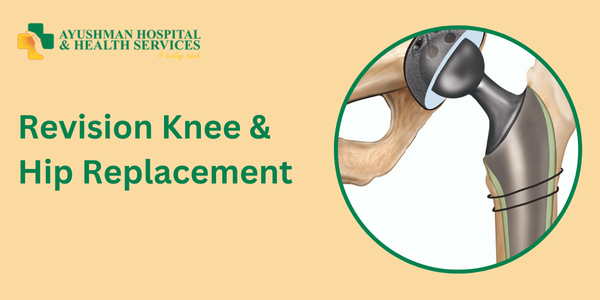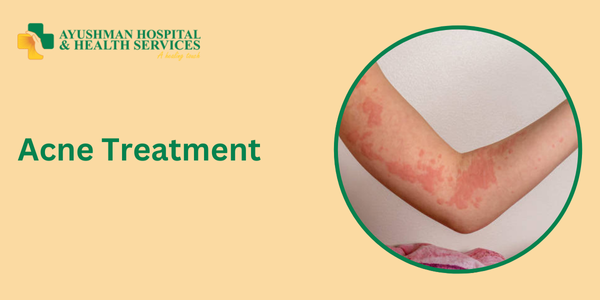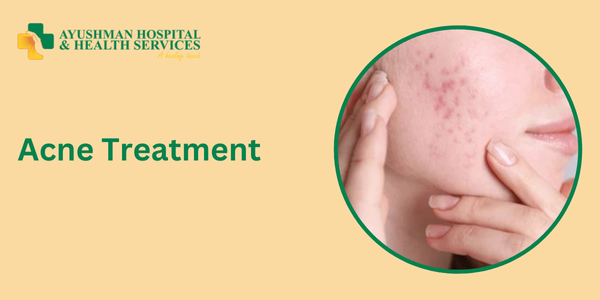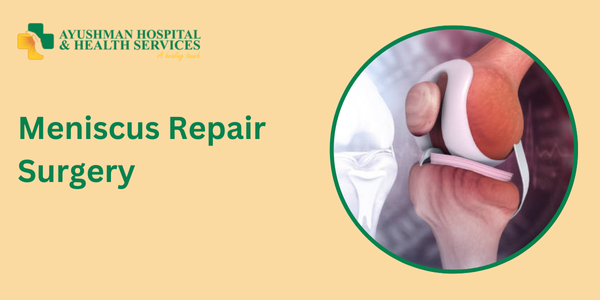Regardless of vivid advancements in the field of Cardiology, Heart diseases remain one of the leading causes for mortality across the world. In modern cardiology, we have non-invasive diagnostic and treatment procedures that are exceptionally comfortable and very effective. Ayushman Hospital has a dedicated cardiology division led by Dr. S. S. Murthy and his team, which provides state-of-the-art non-invasive cardiac procedures for the detection, diagnosis, and management of heart diseases.
What Are Non-Invasive Cardiac Procedures?
Non-invasive cardiac procedures are techniques, both diagnostic and therapeutic, that can be performed without requiring incisions, catheters, or surgical procedures. These techniques use specialized imaging, sound waves, and supplementary technologies to evaluate the functional assessment of the heart, detect anomalies, and carry out entirely different treatment duration of heart diseases.
Advantages of Non-Invasive Cardiac Procedures
- There are no surgeries or cuts – Patients don’t experience pain, and there are no scars
- There is a decrease in chances of having complications – There’s no need for anesthetic or staying in the hospital
- Patients recuperate faster – Patients can take part in usual day-to-day activities immediately after
- High precision – Detailed heart imaging is provided through sophisticated machines, thus improving accuracy
- Helps to prevent serious heart problems – Cardiovascular issues can be prevented with this technology.
Frequent Non-invasive Cardiac Checkups and Procedures
- Electrocardiogram (ECG/EKG)
- A test that monitors the heart’s electrical activity
- Able to see abnormal beating patterns, heart attacks and ischemia
- It lasts a maximum of 10 minutes.
- Echocardiogram (Echo)
- Real-time visualization of the heart using ultrasound waves.
- Checks how well the valves are functioning; how efficiently the heart is pumping, and whether there are any structural defects.
- Doppler Echoes check the direction and speed of blood flow.
- Stress Test (Treadmill Test or Pharmacologic Stress Test)
- Determines heart function capacity with physical activities.
- Cardiac Artery Disease (CAD) is aided in diagnosis through this procedure.
- Can be performed along with imaging – Stress Echo test or Nuclear Stress Test
- Holter monitoring
- A continuous ECG record, taken over a full day or two, obtainable over an extended period
- Helpful in diagnosing aberrant heartbeats like palpitations, atrial fibrillation and silent ischemia.
- Cardiac CT scan
- Provides a 3D rendition of the heart and surrounding blood vessels.
- Able to uncover the presence of calcium blocks and some congenital constrictions.
- In place of coronary angiography, this scan is preferred because it is less invasive.
- Cardiac MRI
- It gives very clear pictures of the heart muscles, valves and vessels
- Cardiomyopathy, tumor and inflammation lesions diagnosis
- No exposure to radiation
- Coronary Calcium Scoring
- Calculates the amount of plaque deposit within the coronary arteries
- Effortlessly estimates the future heart attack risks
- Advantages of choosing non-invasive procedures over invasive
| Factor | Non-Invasive Procedures | Invasive Procedures |
|---|---|---|
| Risk Level | Very low (no incisions) | Higher (probable bleeding and infection) |
| Recovery Time | Instantaneous | Days – weeks long |
| Pain/Discomfort | No or little discomfort pain | Moderate to Severe discomfort |
| Hospital | Stay Not usually | required must |
| Cost | Affordably priced | Affordably priced |
Why Choose Ayushman Hospital for Non-Invasive Cardiac Care?
- Experience of Dr. S.S. Murthy
Senior Interventional & Non-Invasive Cardiologist who focuses on preventative cardiology and sophisticated diagnostics. - Revolutionized Equipment
Echocardiography with high resolution, precise 256 slice CT scanner-wide digital Holter & ECG systems. - Thoroughly Developed Programs for Heart Care
Preventive cardiac screening, personalized risk evaluation, lifestyle change assistance - Non-Discriminatory Attitude Towards Patients
No waiting period for urgent tests. Known prices with provided aid from insurance. Gentle surroundings.
Who are the target clients for non-invasive cardiac examinations?
- Adults over 40 – regular check up on heart health
- Patients with risk factors – history of high blood pressure, diabetes, history of smoking, obesity
- People with signs – chest pain, shortness of breath, heart beating fast
- Candidates for major surgery who need a pre-operative assessment
- Competitive sportsmen and physically active people – fitness evaluation for the heart
Most common queries explained (FAQ)
- Do noninvasive tests cause discomfort?
Not at all, most are painless (other than slight discomfort in particular stress tests). - How lengthy are these tests?
Ranges from 5 minutes (ECG) to 60 minutes (MRI/CT). - Is there any concern regarding exposure to radiation?
Only with CT scans (scant dose) and avoided in Echo/MRI. - Is it possible these tests could lessen the use of angiography?
In a lot of situations, CT angiography supplies comparable information without needing a catheter.

